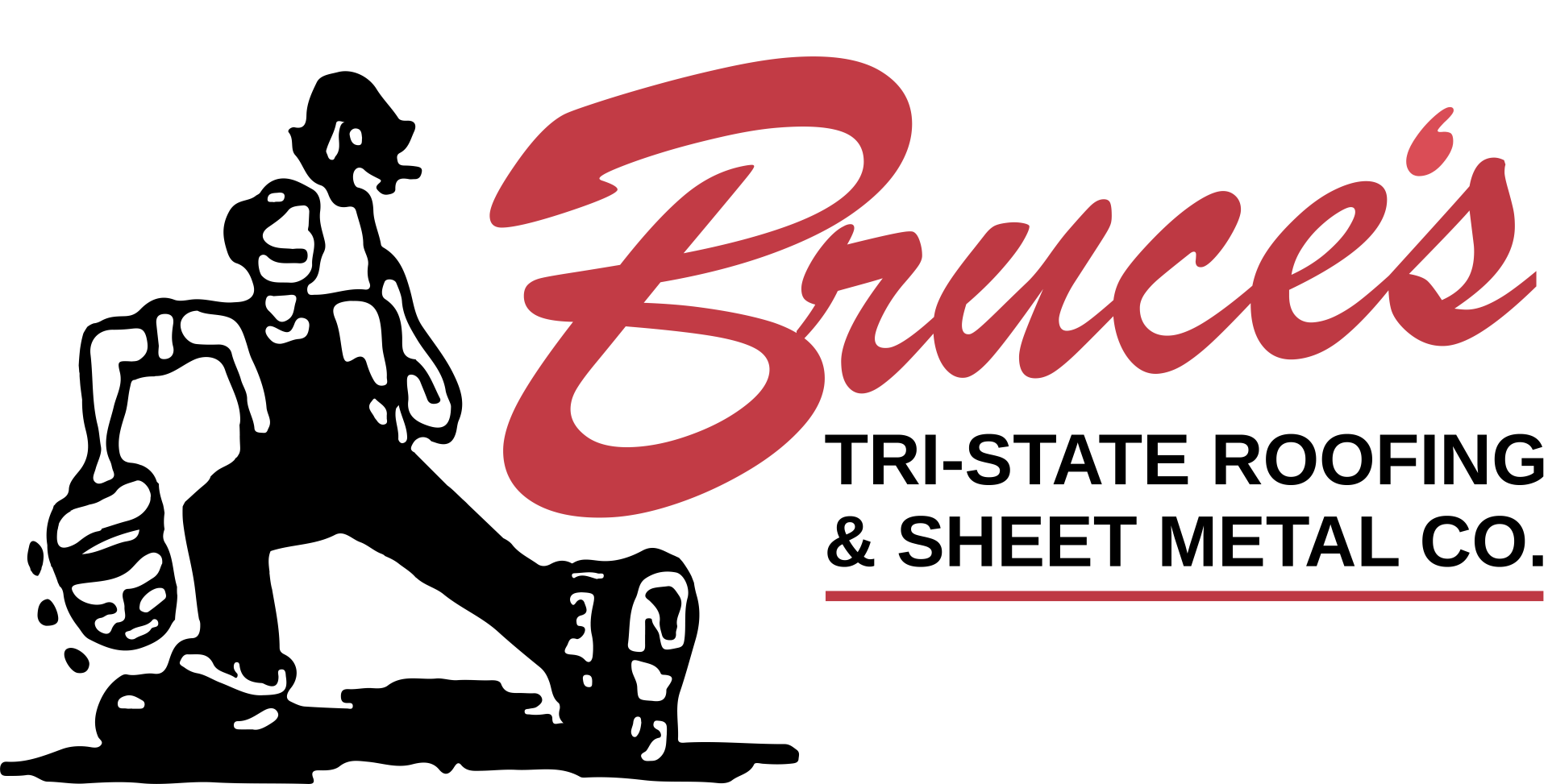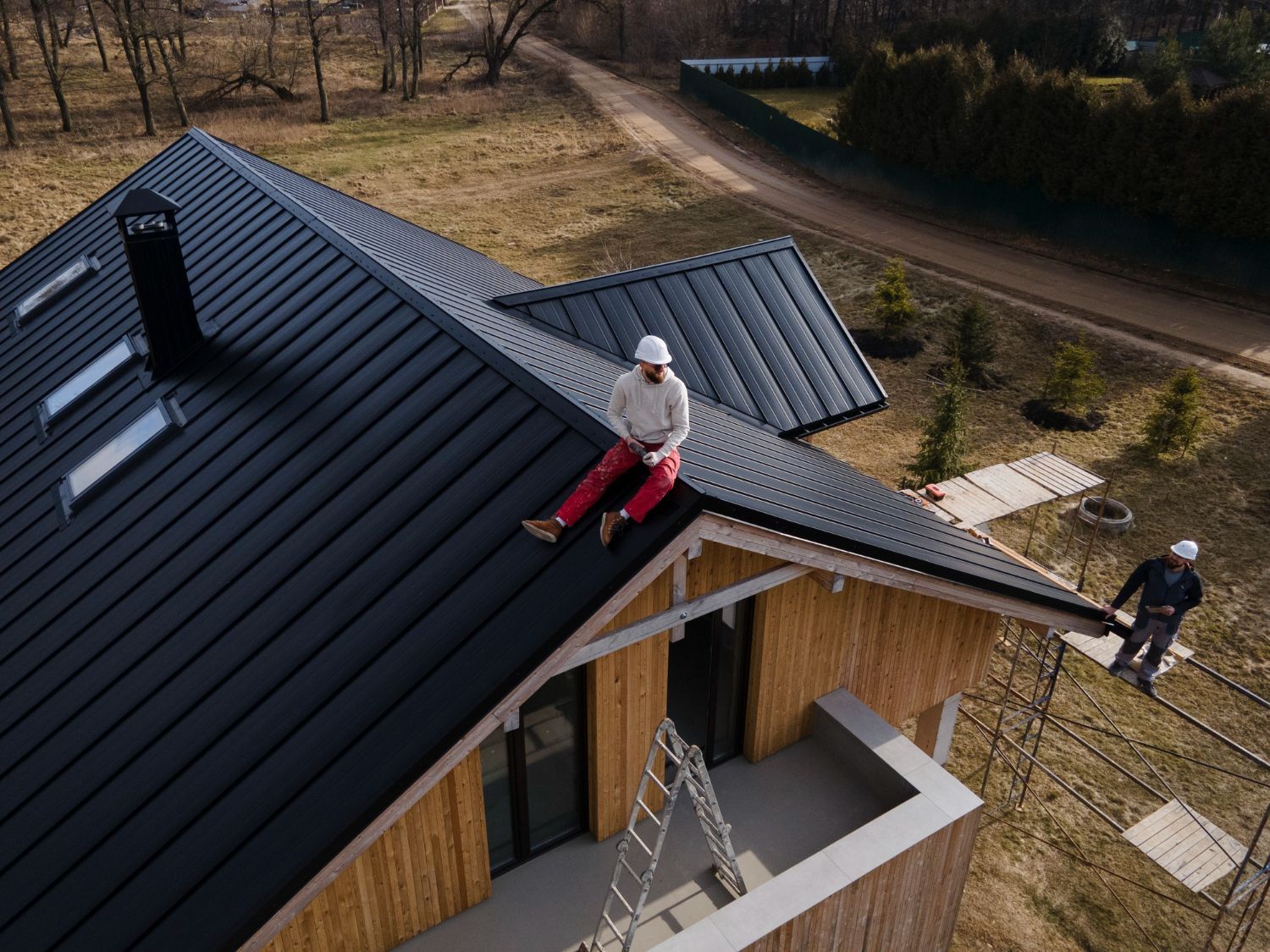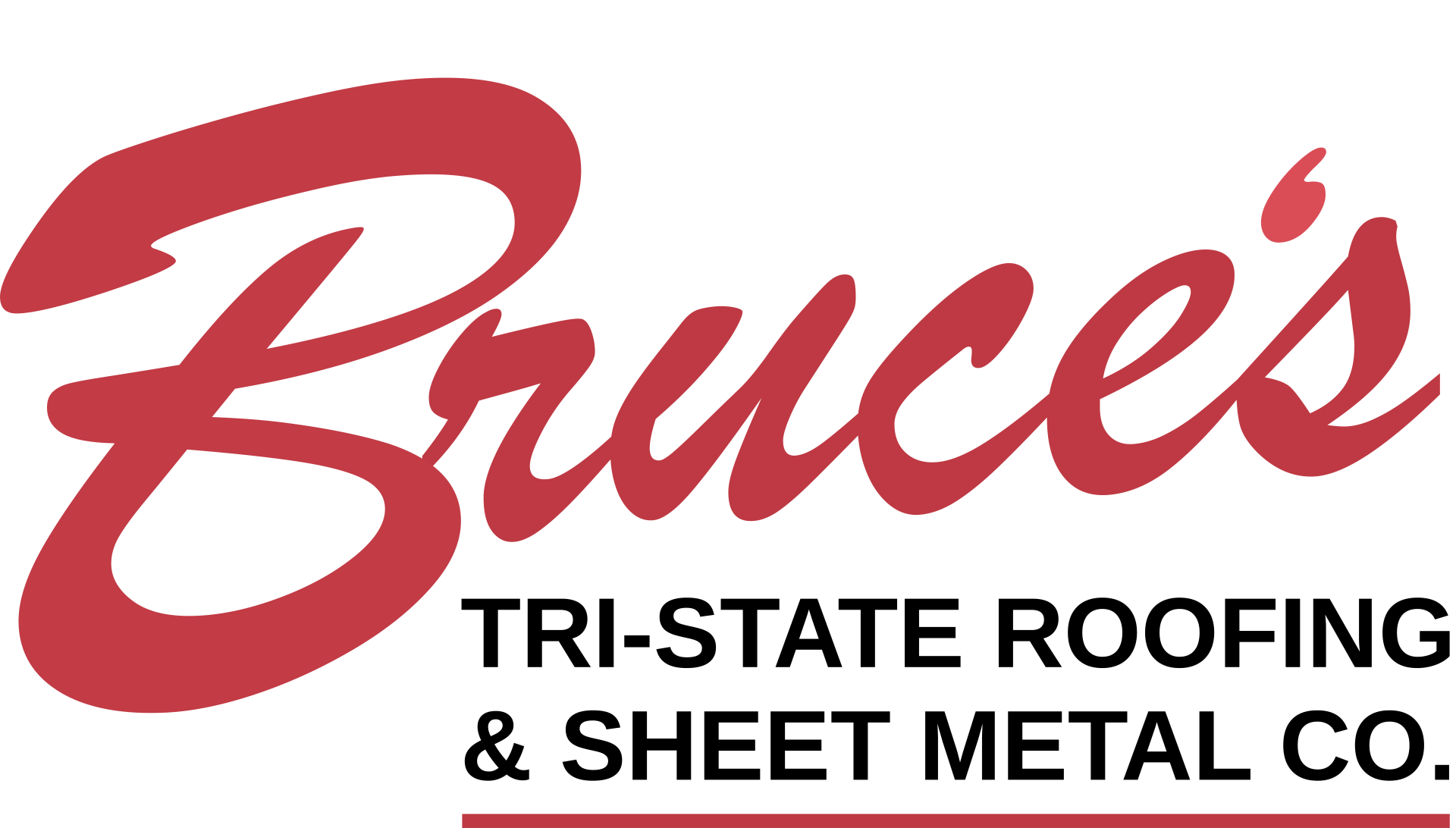
As the chill of winter gives way to the warm embrace of spring, it's the perfect time to turn our attention to maintaining our homes, especially the roof. After braving harsh winter conditions, your roof might need some TLC to ensure it stays in top shape throughout the year. Regular spring maintenance not only helps extend the life of your roof but also keeps your home safe and sound. Whether it's cleaning, inspecting, or just a bit of upkeep, giving your roof some attention in spring can prevent bigger issues down the line.
Taking care of your roof in the spring is much like tending to a garden. Just as you pull weeds and nourish the soil to ensure healthy growth, your roof needs similar attention to fend off potential problems. From checking for winter damages to ensuring proper drainage and mold prevention, these steps help keep your home secure and comfortable. Let's explore some practical ways to shield your roof from spring challenges and prepare it for the seasons ahead.
Inspect for Winter Damage
The first step in sprucing up your roof is to check for any remnants of winter's wrath. Begin by looking for loose or missing shingles. Shingles can easily get damaged by high winds and ice, leaving gaps that might compromise your roof's protection. Take a walk around your home and carefully observe from the ground. If you notice anything amiss, it's wise to contact a professional.
Next, examine your gutters and downspouts. Clogs formed from leaves and winter debris can spell trouble, preventing water from draining correctly. Over time, this can lead to water damage not only to your roof but also to your home's foundation. Gently clear any obstructions to maintain proper drainage and avoid costly repairs.
Roof flashing, the thin material installed to direct water away from critical areas like chimneys and vents, is another crucial area to examine. Over time, flashing can loosen or corrode, allowing water to seep into your home. Check for signs of wear and ensure everything is tightly sealed to avoid potential leaks. By keeping an eye on these details, you're setting up your roof for a trouble-free spring season.
Clean and Clear Debris
With inspections out of the way, cleaning becomes the next order of business. During winter, debris such as leaves, branches, or moss might have accumulated on your roof. It's important to remove these to prevent moisture build-up and potential damage. Start by clearing away any large debris with your hands or a soft broom. Avoid using hard tools that might scratch or damage the shingles.
For those tough spots where grime and moss have taken hold, a gentle spray from a hose can work wonders. Be cautious not to use high-pressure washers, as they might strip away the protective granules on your shingles. By keeping your roof free of debris, you help ensure it operates at full efficiency, directing water safely away from your home.
Don't neglect the gutters and drains while cleaning. A clear gutter system is essential for proper water flow, and blocked gutters can lead to water pooling and damage both on your roof and around your home. Regularly check for blockages and clear them to keep everything working smoothly. By giving your roof and gutters a good clean, you're helping pave the way for a successful and stress-free spring.
Check for Mold and Mildew
Once your roof is free of debris, it's a good idea to look for any signs of mold or mildew. These uninvited guests often find damp spots appealing, especially if your roof retains moisture after winter. Keep an eye out for black or green spots on the surface of the shingles. Mold not only affects the aesthetic of your roof but can also lead to serious health issues if left unchecked.
In addition to checking the roof itself, take a moment to step into the attic. Damp areas or a musty smell could be signals that mold is forming. It's vital to address these signs early on. For extensive mold issues, it's a wise choice to call in a professional. Typically, experts know how to deal with mold effectively, ensuring it's removed entirely without harming your roofing materials. By tackling mold and mildew early, you're taking one more step toward protecting your home and improving the quality of the air inside.
Trim Nearby Trees
Spring is an excellent time for some tree pruning. If you have trees growing close to your house, their branches might overhang or touch your roof. This is not just a potential source of additional debris but can also cause damage if branches rub against the roof surface, especially during a windy day. Trimming these branches back will help prevent such issues.
Moreover, cutting back overhanging limbs can also allow more sunlight to reach your roof, naturally keeping moisture at bay. As you're working on this, make sure to keep a safe distance between the tree trunks and your house foundation, as roots can sometimes lead to structural issues. This proactive measure helps limit the places where pests might find shelter and ensures your roof remains clear.
Schedule a Professional Inspection
While a hands-on approach to roof care is essential, a professional inspection brings peace of mind. Contacting a local roofing expert allows you to gain insights into the current condition of your roof. Professionals can identify subtle issues that might go unnoticed by an untrained eye.
Engage in a conversation with the inspector about any repairs or replacements that might be necessary. Some issues could be related to the shingles, while others might involve vents or skylights. Regular inspections contribute to keeping larger problems at bay. By setting up a consistent routine with a roofer, you protect your investment in the long run.
Ensure Waterproofing and Sealing
Waterproofing remains a fundamental part of roof care. Take the time to check for any weak spots around features like vents, chimneys, and skylights. These areas are prone to leaks if seals have worn away over time.
Consider reinforcing these spots with appropriate sealant. This can prevent water from seeping into unwanted areas. Additionally, don't overlook attic ventilation. Good airflow in the attic helps prevent moisture buildup, which is essential for maintaining a healthy roof. By ensuring solid waterproofing, you can save yourself the hassle of dealing with more extensive issues related to leaks.
Enjoy Spring with Confidence
With these tasks checked off your list, you can enjoy the freshness of spring with added confidence. Knowing that your roof has been carefully prepared for upcoming weather changes instills peace of mind. Regular maintenance renews your roof’s longevity and keeps your home comfortable.
Spring is an ideal time to remind yourself of the benefits of staying proactive. Consistent care helps you avoid the stress and expense of bigger repairs. Enjoy the season with a light heart, knowing that you've tackled the key steps to protect one of your home's most important features.
Spring is the perfect opportunity to set your home up for success. If you're focusing on maintaining a durable and efficient roof, consider reaching out to Bruce's Tristate Roofing for expert guidance. Their local knowledge and tailored solutions ensure your roof stays in top shape throughout the year. Learn more about residential roofing in KY and keep your home safe and secure this season.

Have Total Confidence in the Roof Over Your Head
Hire an experienced commercial roofing company serving the entire Tri-State area


Hours
Mon: 7:00AM-4:00PM
Tue: 7:00AM-4:00PM
Wed: 7:00AM-4:00PM
Thu: 7:00AM-4:00PM
Fri: 7:00AM-4:00PM
Sat: Closed
Sun: Closed
All Rights Reserved | Website Designed & Developed By Oddball Creative

